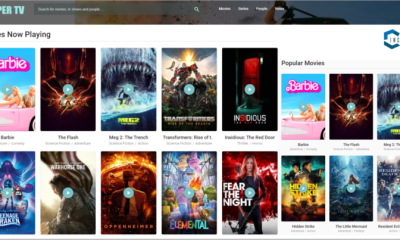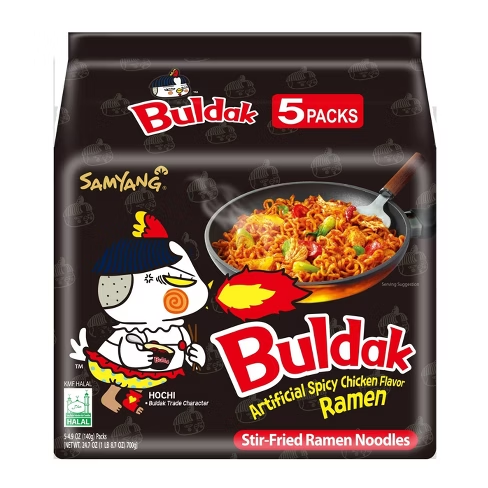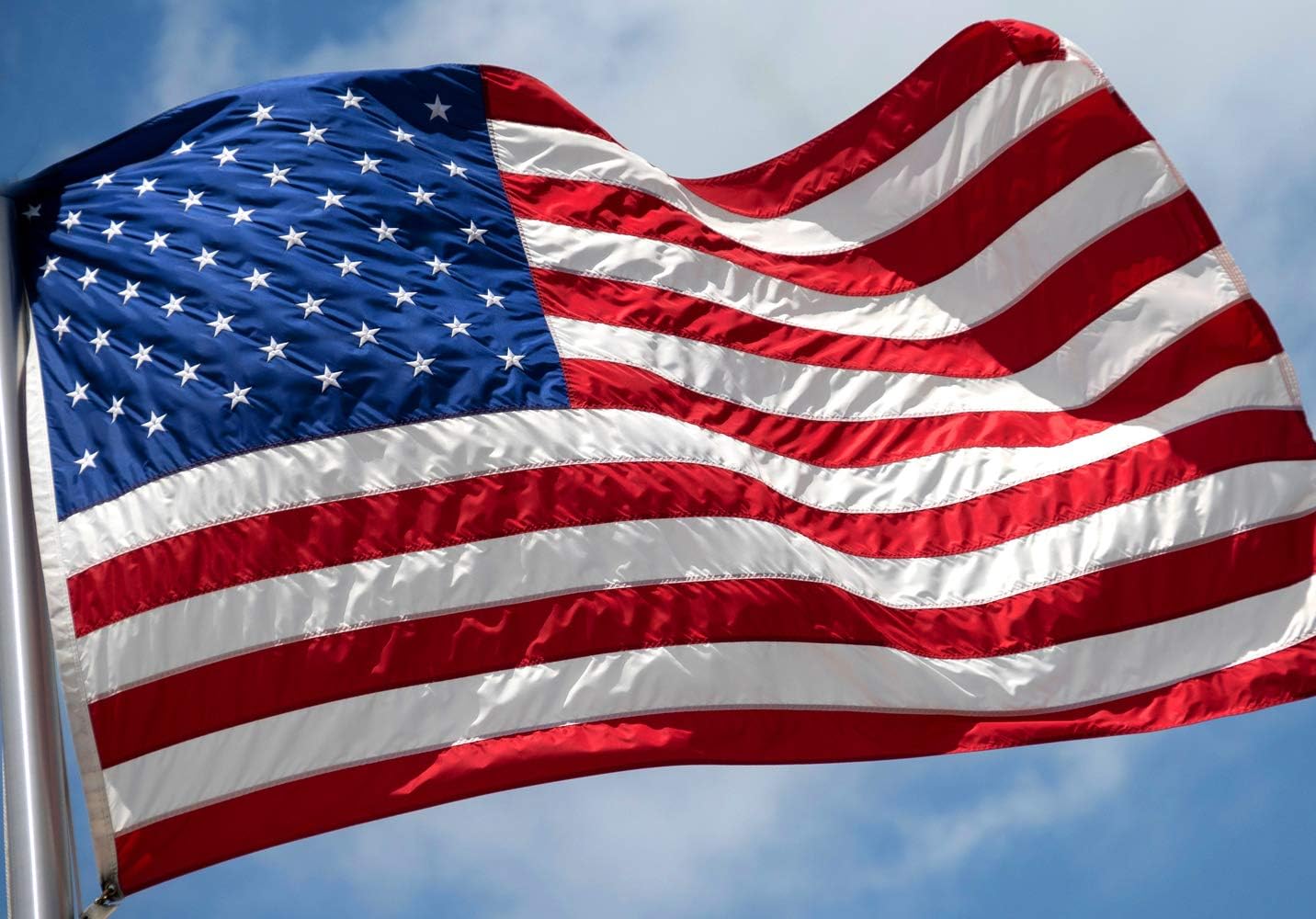WWE SmackDown Episode 1488 aired on Friday night and continued the intense build-up toward the upcoming pay-per-view event, leaving fans on the edge of their seats with dramatic matches, shocking returns, and critical storyline developments. The episode took place in front of an electric crowd at the Ford Center in Evansville, Indiana, and provided a mix of high-energy bouts, confrontations, and a few surprises that are sure to shape the future of WWE’s blue brand.
From wwe smackdown episode 1488wwe smackdown episode 1488wwe smackdown episode 1488implications to personal feuds reaching new heights, Episode 1488 of SmackDown delivered everything that WWE fans have come to expect: gripping storylines, dynamic athletic performances, and unforgettable moments. Let’s break down the key events of the night and what they mean for WWE’s ongoing narrative.
1. The Return of a Legend: John Cena Sets His Sights on Roman Reigns
The night kicked off with one of the most anticipated returns in WWE history: John Cena, the 16-time World Champion, made his presence felt in spectacular fashion. Cena, who had been on a temporary hiatus from in-ring competition, opened the show to a thunderous ovation from the Evansville crowd. His presence immediately set the tone for a high-stakes episode.
Cena’s promo was filled with passion and conviction as he laid out his intentions: a final shot at Roman Reigns and the Universal Championship. Cena reminded the WWE Universe of his legacy and stated that, although he had been absent, his mission to dethrone Reigns never wavered. Reigns, currently enjoying one of the longest championship reigns in WWE history, has proven to be nearly unbeatable. However, Cena challenged him to one more epic confrontation, promising that he still had what it takes to end Reigns’ dominance.
Reigns, accompanied by Paul Heyman and The Bloodline, interrupted Cena’s promo and showed no signs of backing down. The tension between the two megastars was palpable as Reigns responded dismissively, labeling Cena a “fading star” and claiming that no matter how many times Cena returned, Reigns was on a level beyond the 16-time champion. This heated exchange set the stage for a blockbuster showdown that could take place at the next major pay-per-view.
2. Intercontinental Championship: A Contender Emerges
The Intercontinental Championship picture was the focus of an intense Fatal Four-Way match featuring some of SmackDown’s top mid-card talent. The bout pitted Sheamus, Ricochet, Santos Escobar, and LA Knight against each other, with the winner earning a future shot at Gunther’s Intercontinental Championship.
Each competitor brought their unique style and flair to the ring, resulting in a fast-paced and hard-hitting contest. Ricochet’s high-flying maneuvers dazzled the crowd, while Sheamus brought his signature hard-hitting strikes. Santos Escobar, representing the Latino World Order (LWO), showcased his technical prowess, and LA Knight, who has been building momentum with his growing popularity, used his charisma and brawling ability to take control at various points in the match.
In the end, it was LA Knight who secured the victory, much to the delight of the audience. The finish came after Knight capitalized on Sheamus delivering a Brogue Kick to Ricochet, allowing Knight to throw Sheamus out of the ring and steal the pinfall on Ricochet. With this win, LA Knight has positioned himself as the next challenger for Gunther’s title, and the WWE Universe eagerly anticipates their clash.
3. Women’s Division Spotlight: Charlotte Flair and Iyo Sky Collide
SmackDown’s women’s division was not to be overshadowed, as Charlotte Flair took on the reigning WWE Women’s Champion, Iyo Sky, in a non-title match. This match was significant because it served as a precursor to potential future championship implications. With Flair holding an impressive resume and Sky recently crowned as the Women’s Champion after cashing in her Money in the Bank briefcase, the contest was a clash between the established queen and the rising star.
The match saw both women put on an impressive display of athleticism and psychology. Charlotte, as always, demonstrated why she’s considered one of the best in the business, methodically targeting Sky’s limbs and utilizing her size advantage. Iyo Sky, on the other hand, relied on her speed, agility, and unpredictable aerial maneuvers to keep Flair off balance.
The match ended in controversy when Bayley, who has been aligned with Sky as part of Damage CTRL, interfered by distracting the referee just as Flair had locked in the Figure-Eight Leglock on Sky. This distraction allowed Sky to roll Flair up for the victory, securing a win that may further boost her credibility as champion.
While Sky walked away with the victory, it’s clear that Charlotte Flair isn’t done with the champion. Fans can expect a full-fledged feud between these two competitors, and Flair’s thirst for championship gold is far from quenched.
4. The Bloodline Drama: Solo Sikoa’s Growing Dissension
In a backstage segment, more tension emerged within The Bloodline as Solo Sikoa confronted Jimmy Uso about the recent failures of their family unit. Sikoa, who has remained loyal to Roman Reigns throughout The Bloodline’s recent turmoil, questioned Jimmy’s motives and commitment.
Jimmy, still reeling from the events of SummerSlam and his involvement in costing Jey Uso a shot at Roman’s Universal Championship, was defiant, but it was clear that dissension was growing between him and Sikoa. This segment teased further fragmentation within The Bloodline and hinted at a potential showdown between the two brothers down the line.
The Bloodline storyline has been one of WWE’s most compelling narratives, and Episode 1488 added more layers to the ongoing family drama. As Roman Reigns continues to manipulate his family members, Solo Sikoa’s eventual breaking point seems inevitable.
5. Tag Team Championship Defense: Judgment Day vs. The Brawling Brutes
The main event of the evening saw The Judgment Day’s Finn Balor and Damian Priest defend their Undisputed WWE Tag Team Championships against The Brawling Brutes (Ridge Holland and Butch). The Brutes had earned this opportunity by defeating other tag teams in recent weeks, and they entered the match with high hopes of dethroning the dominant champions.
The match was a physical affair, with both teams showcasing their respective strengths. Butch’s technical expertise and Holland’s raw power were a formidable combination, but The Judgment Day’s cohesion and experience proved to be too much for the challengers.
In the final moments of the match, Balor and Priest executed a well-timed distraction, allowing Priest to hit Holland with his South of Heaven chokeslam, followed by Balor’s Coup de Grâce to secure the victory. After the match, The Judgment Day celebrated their win, solidifying their place as one of WWE’s most dangerous factions.
Conclusion
WWE SmackDown Episode 1488 delivered a night of thrilling action and significant storyline developments that left fans buzzing. From John Cena’s dramatic return to LA Knight’s rise as a top contender, the episode set the stage for future rivalries and title matches that will keep the WWE Universe engaged in the weeks to come. As the blue brand heads toward its next major event, it’s clear that the stakes are higher than ever, and the roster is ready to elevate the drama to new heights.

 Tech4 weeks ago
Tech4 weeks ago
 News2 weeks ago
News2 weeks ago
 Entertainment2 weeks ago
Entertainment2 weeks ago
 Tech4 weeks ago
Tech4 weeks ago
 News5 days ago
News5 days ago
 General3 weeks ago
General3 weeks ago
 HEALTH & FITNESS2 weeks ago
HEALTH & FITNESS2 weeks ago
 General6 days ago
General6 days ago






A WordPress Commenter
May 24, 2024 at 7:33 am
Hi, this is a comment.
To get started with moderating, editing, and deleting comments, please visit the Comments screen in the dashboard.
Commenter avatars come from Gravatar.